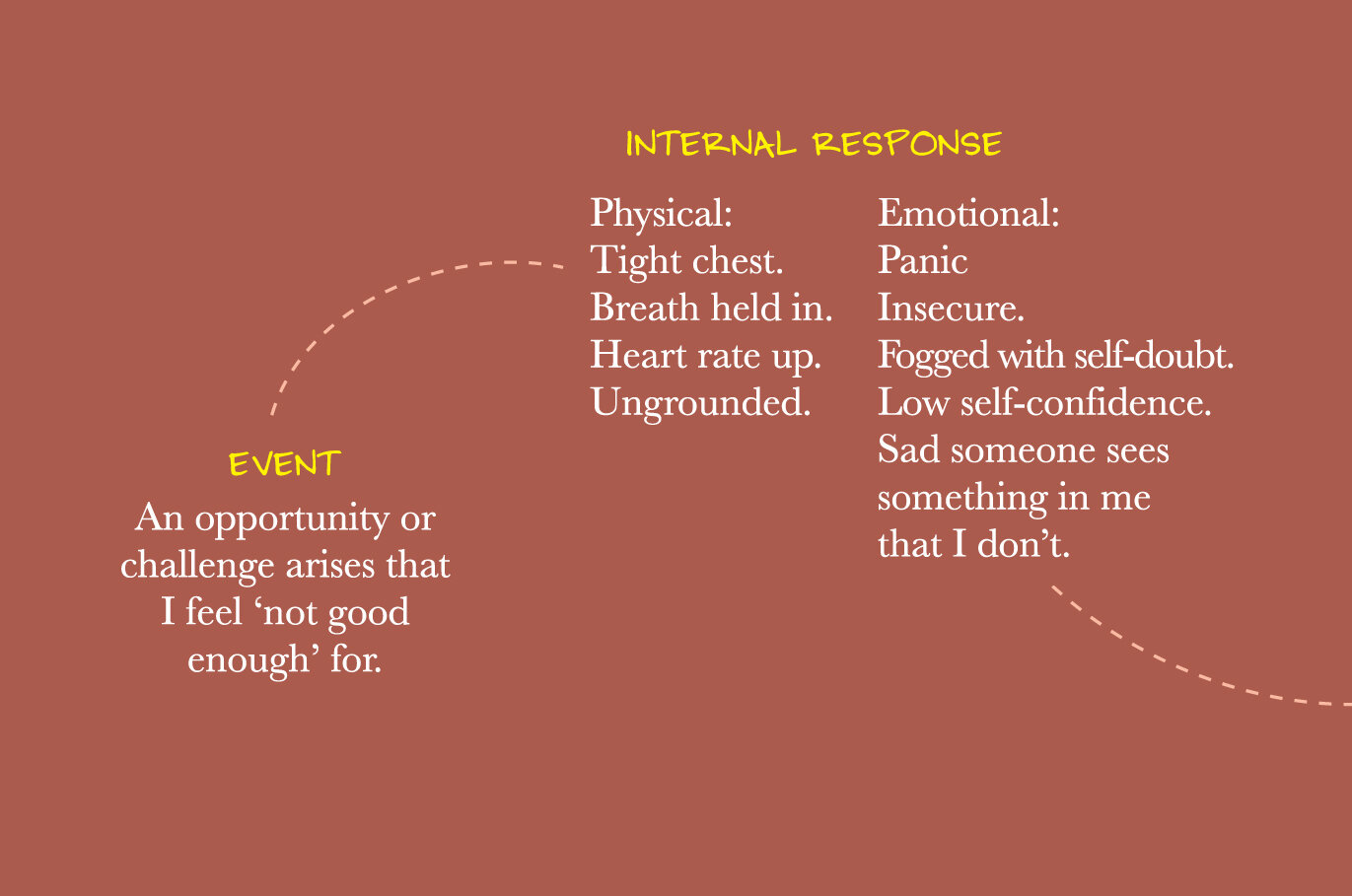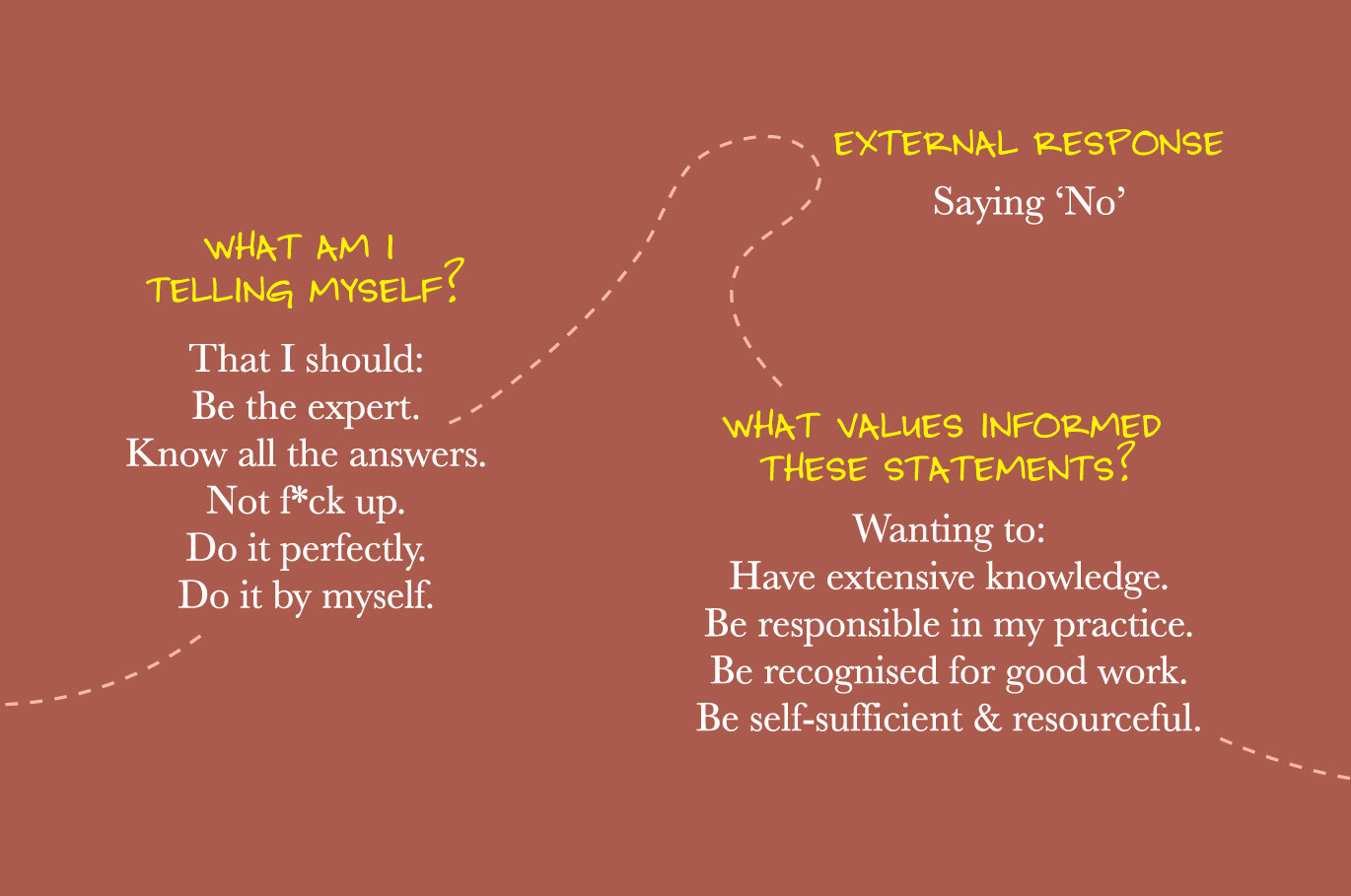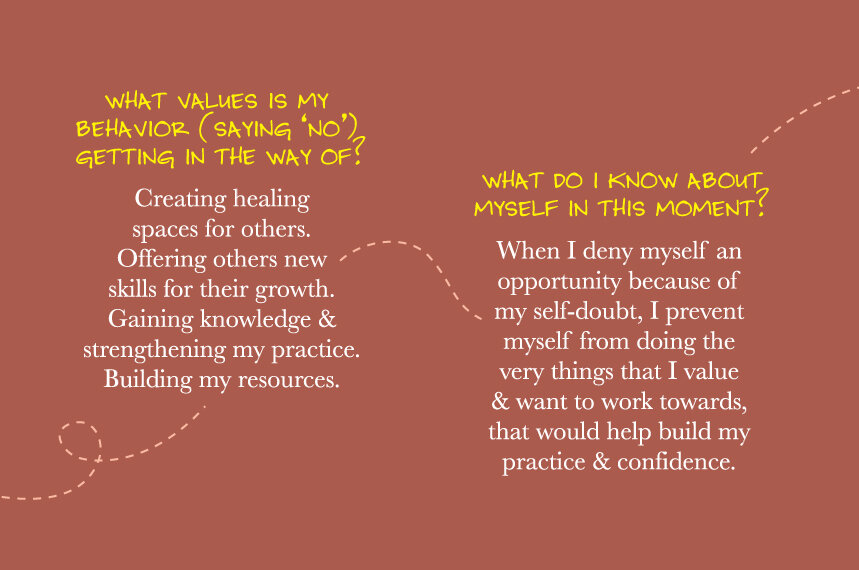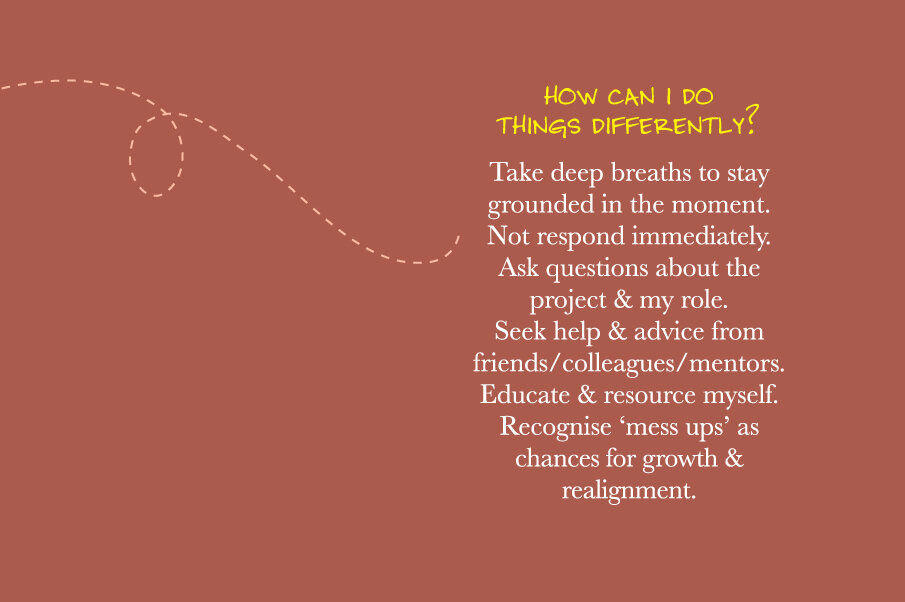What is Art Therapy?
An invitation to yourself.
An acknowledgment and embracing of complexity.
A creative, physical, sensorial engagement into experience.
A curious, challenging and strengthening exploration into your narratives.
A making of space to feel.
An opportunity for unlearning.
What are the benefits of Art Therapy?
Increases our awareness to current perspectives of who we are.
Provides opportunities to generate new perspectives of who we can become.
Allows for emotional release, relaxation, strengthening, soothing and regulation.
Helps make sense of our feelings and physical responses to an experience.
Offers opportunities to engage with our experiences through language, imagery, texture and bodily senses.
Acknowledges the nuances of our being, beyond the contours of what is visible, into the interiors of what is felt and noticed.
Fore more on the benefits of Art Therapy, click here.
What does an Art Therapist do?
Create space where we both feel safe to explore, share and question.
Bring you back to this moment we’re in.
Facilitate your curiosity into your experience.
Be your companion as you make, explore, get stuck, slow down, stop and move on.
Witness your choices, and your physical and emotional responses – known and unknown to you.
Offer observations and responses to what emerges.
Collaborate with you in realizing alternative ways of being.
What happens in an Art Therapy session?
Co-creating meaningful, strengthening, healing space.
Questioning stories we tell ourselves.
Experimenting with creative expression.
At times I will suggest material for you. At times you will decide.
Tuning into our physical senses.
Noticing how emotions inhabit our bodies.
Why would I use Art Therapy?
To slow down and inhabit this very moment you’re in.
To notice things about how you move through the world beyond your rehearsed story of it.
To make space for whatever needs to surface and be acknowledged.
To deepen and develop a multi-dimensional understanding of an experience or behavior that might not be formulated adequately through the spoken word.
To strengthen what is already well and health within you.
To become curious in how you physically, mentally and emotionally experience things through the tools of your body.
To experiment and explore different ways of being you might not yet be able to embody.
To ask better questions of yourself, your experience and of others.
To generate new ways of being in an experience, with others and with yourself.
Do I need to be good at art?
No.
In my practice, all art expression is valuable. The point is to become mindful and observant of your internal processes during the making, not to produce finished pieces.
There is meaning in the making.
What happens to the artworks?
The options are discussed with you. The artworks can be:
Stored with me.
Kept with you - if you feel it safe to do so.
Discarded if you desire - although my preference is to keep them for reflection!
Worked on the next time we meet.
Archived and shared with other practitioners or clients - with your permission.
Who is Art Therapy for?
Anyone wanting to:
Utilise past experiences to generate new forms of self-expression.
Unpack difficult experiences through safe and controlled art forms.
Restore and strengthen their emotional resilience.
Create new pathways and patterns to integrate into their day to day living.
Change and improve how they relate to self and others.
Resolve conflicts, solve problems and formulate new perceptions.
Welcoming people of all races, genders, sexualities, faiths, abilities and classes.




